Optimal Timing for Concrete Repairs
Concrete repairs are most effective when performed during specific weather conditions. Optimal timing ensures proper curing and adhesion, reducing the risk of future damage. Temperature and moisture levels significantly influence the quality and longevity of repairs.
Spring offers moderate temperatures and lower humidity, making it ideal for concrete repairs. It allows sufficient curing time before summer heat or winter cold.
Early summer is suitable when temperatures are warm but not excessively hot. Adequate shade and watering can help maintain proper curing conditions.
Fall provides cooler temperatures and lower humidity, promoting optimal curing conditions. It is often preferred for large-scale repairs.
Cold temperatures and freezing conditions hinder proper curing and can cause cracks. Repairs are best postponed until temperatures rise.
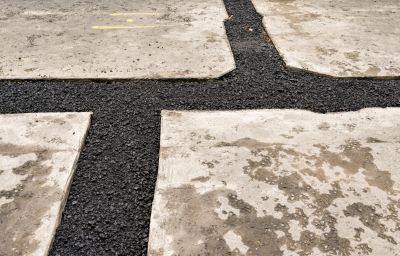
Ways to make Concrete Repairs work in tight or awkward layouts.
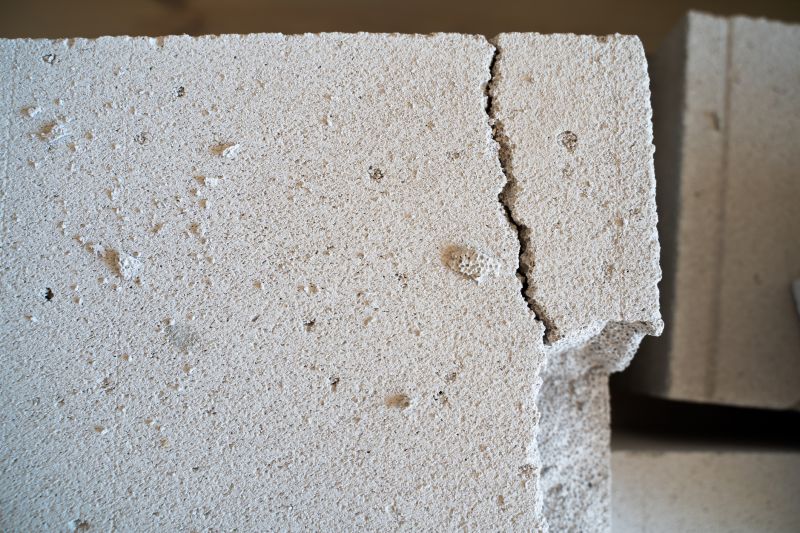
Popular materials for Concrete Repairs and why they hold up over time.

Simple add-ons that improve Concrete Repairs without blowing the budget.
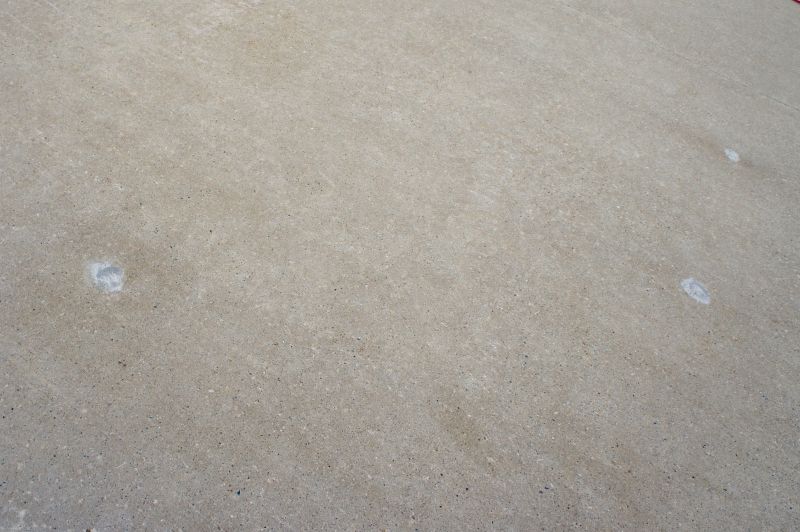
High-end options that actually feel worth it for Concrete Repairs.

Finishes and colors that play nicely with Concrete Repairs.
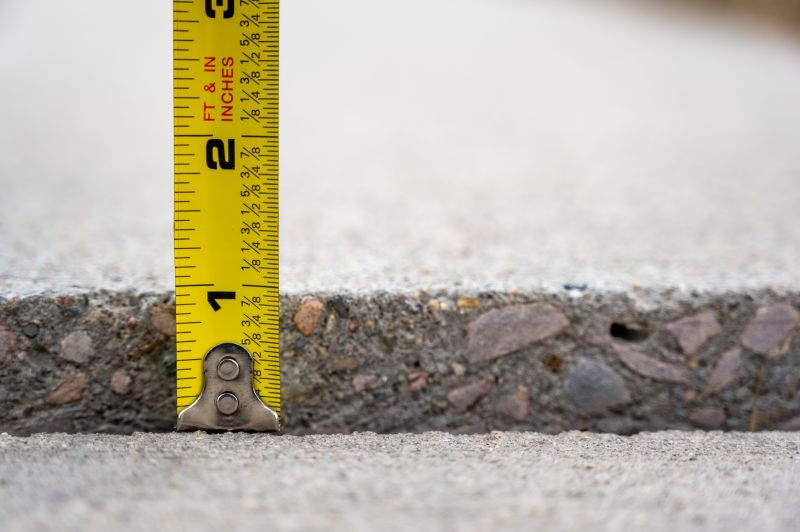
Little measurements that prevent headaches on Concrete Repairs day.
Concrete repairs involve restoring damaged or deteriorated concrete surfaces to ensure structural integrity and aesthetic appeal. Proper timing enhances the durability of repairs, minimizing future maintenance needs. Weather conditions, especially temperature and moisture, play a critical role in the success of repair projects. For example, high humidity can impede curing, while freezing temperatures can cause cracks and surface scaling.
Statistics indicate that concrete deterioration accelerates under adverse weather conditions, with freeze-thaw cycles being a primary factor in surface cracking. Timely repairs during favorable seasons can extend the lifespan of concrete structures significantly. Proper surface preparation, material selection, and curing methods are essential components of effective concrete repair strategies.
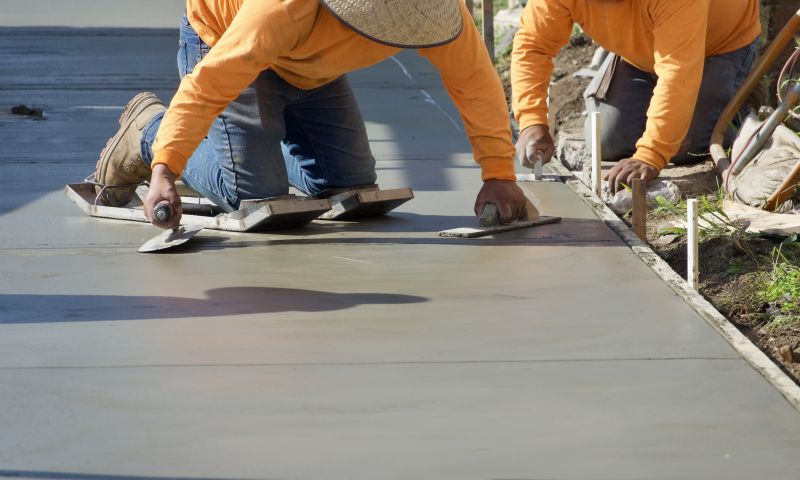
A 60-second routine that keeps Concrete Repairs looking new.
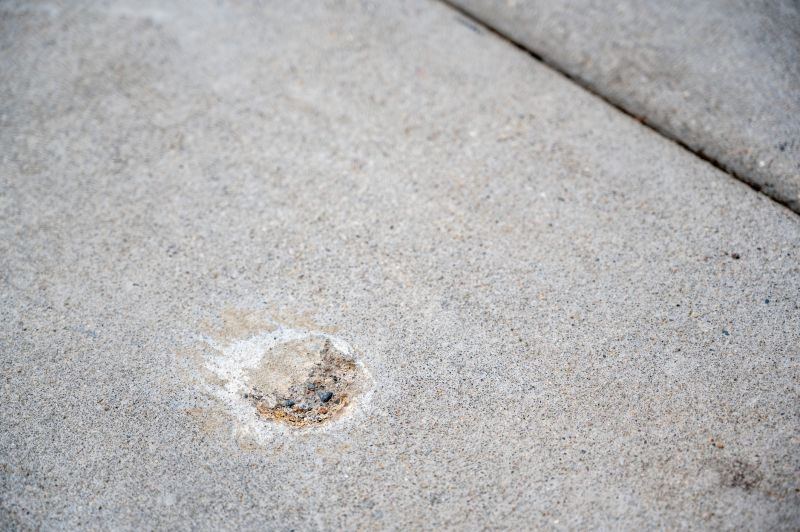
A frequent mistake in Concrete Repairs and how to dodge it.
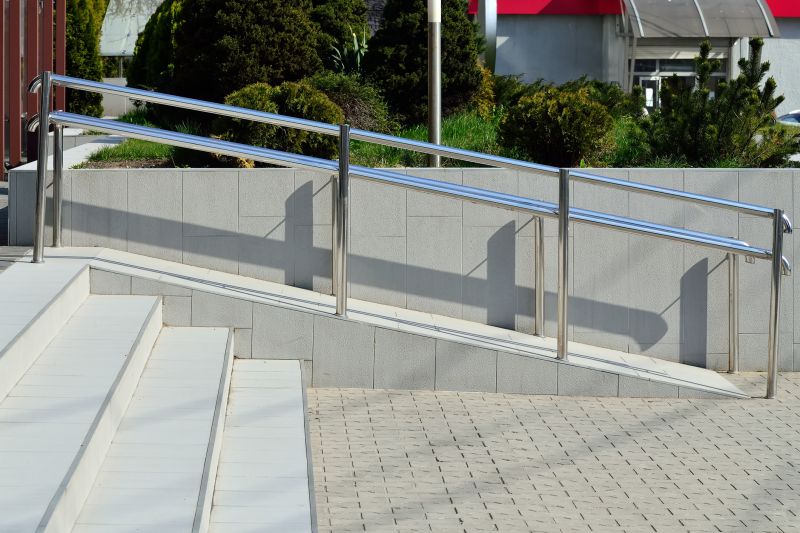
Small tweaks to make Concrete Repairs safer and easier to use.
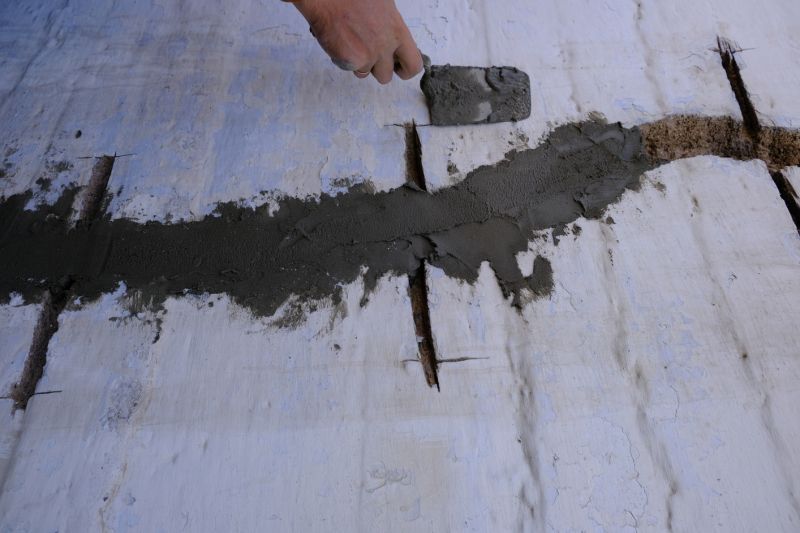
Lower-waste or water-saving choices for Concrete Repairs.
| Season | Ideal Conditions |
|---|---|
| Spring | Moderate temperatures, low humidity |
| Summer | Warm but not excessively hot, shade recommended |
| Fall | Cooler temperatures, low humidity |
| Winter | Cold temperatures, not suitable for repairs |
| Late Spring | Optimal for large repairs |
| Early Fall | Good for extensive projects |
| Late Fall | Less ideal due to decreasing temperatures |
Choosing the right time for concrete repairs can significantly impact the durability and appearance of the finished surface. Proper planning ensures that repairs are completed under conditions that support optimal curing and bonding. Consulting with concrete specialists can help determine the best timing based on local climate patterns.
Interested in concrete repairs? Filling out the contact form can provide tailored recommendations and scheduling options to ensure successful project completion in the most suitable season.
